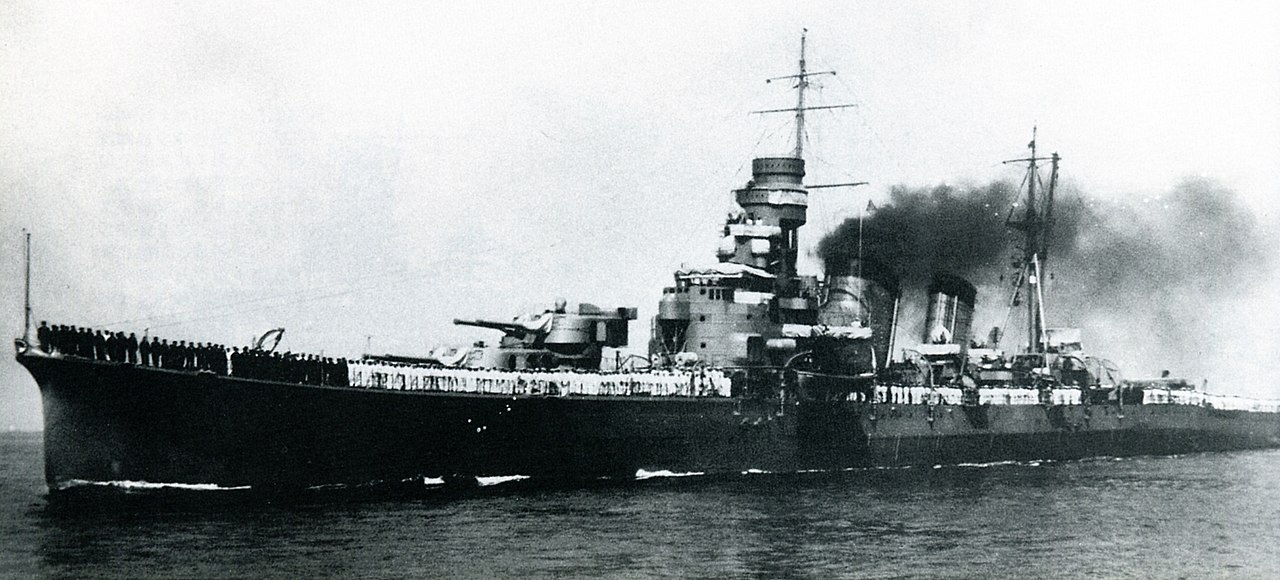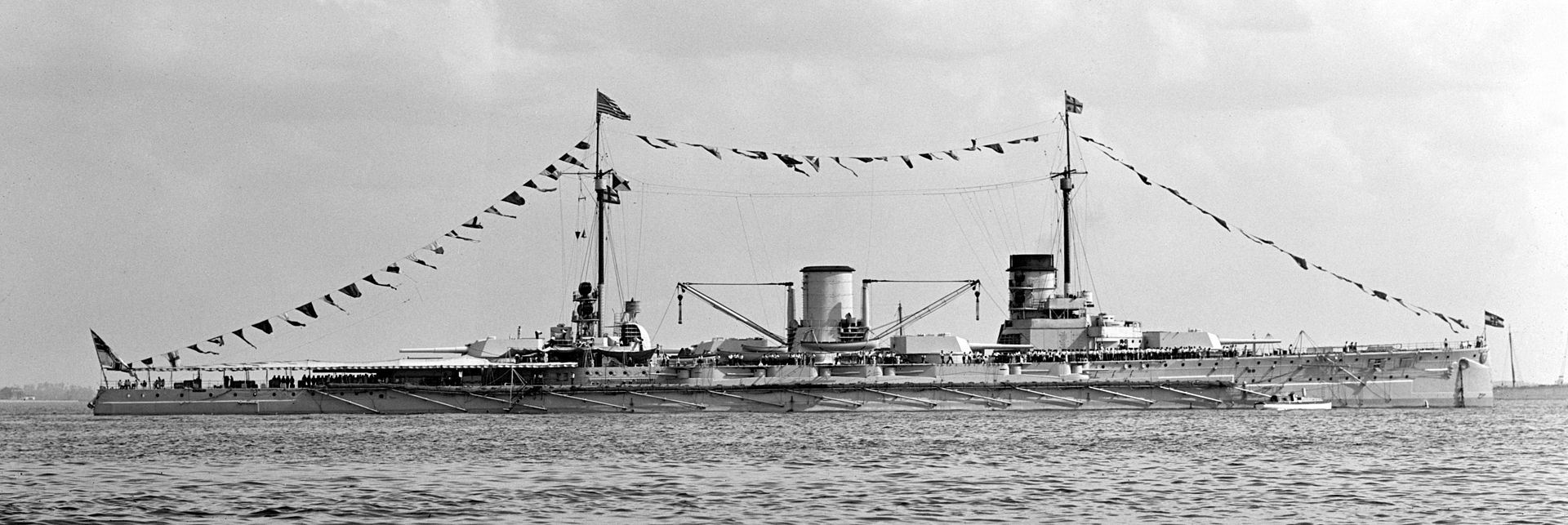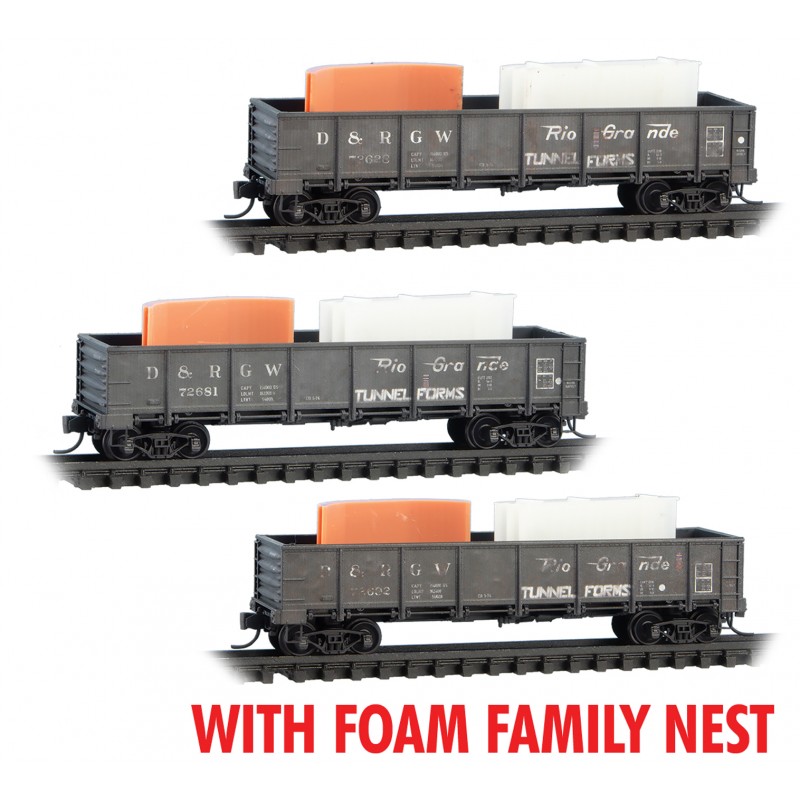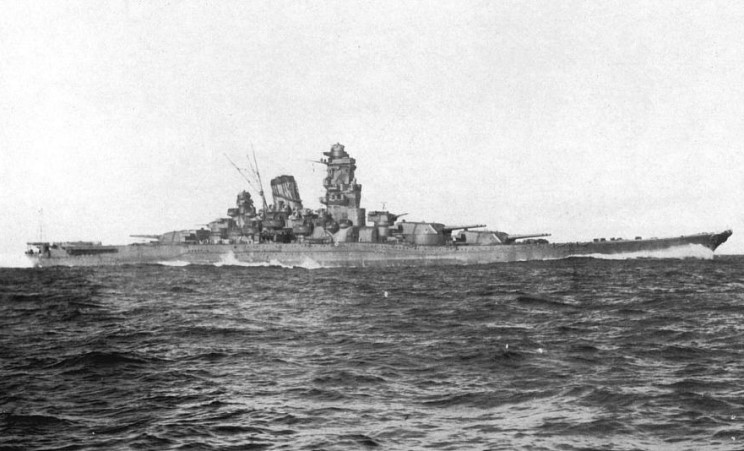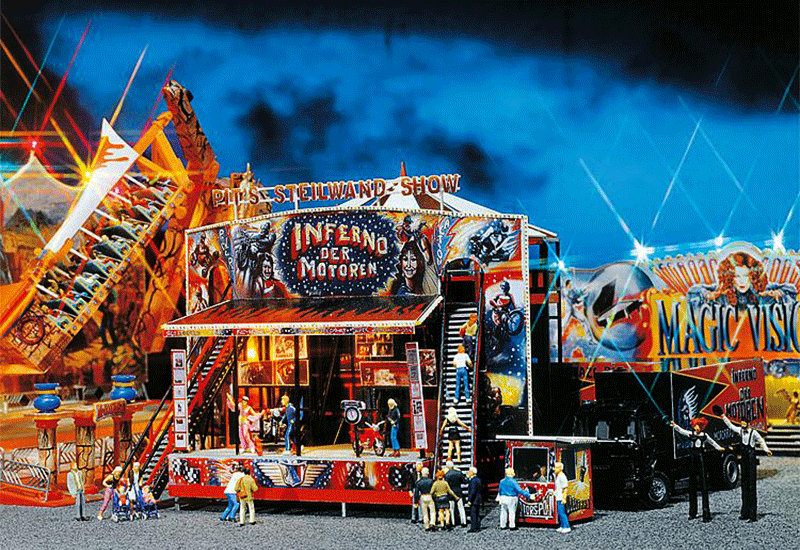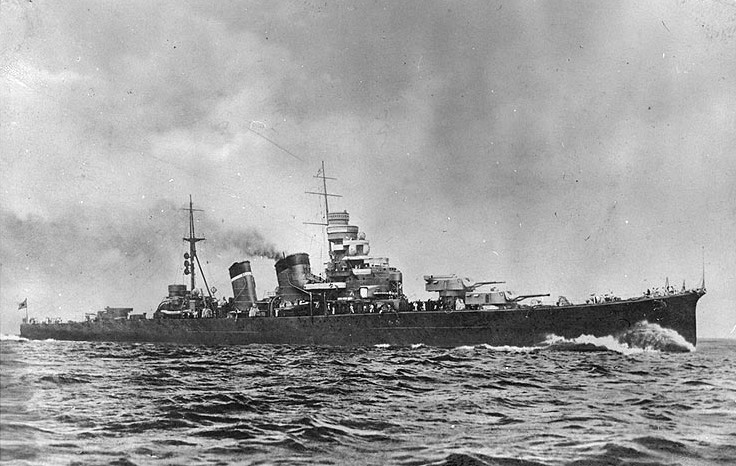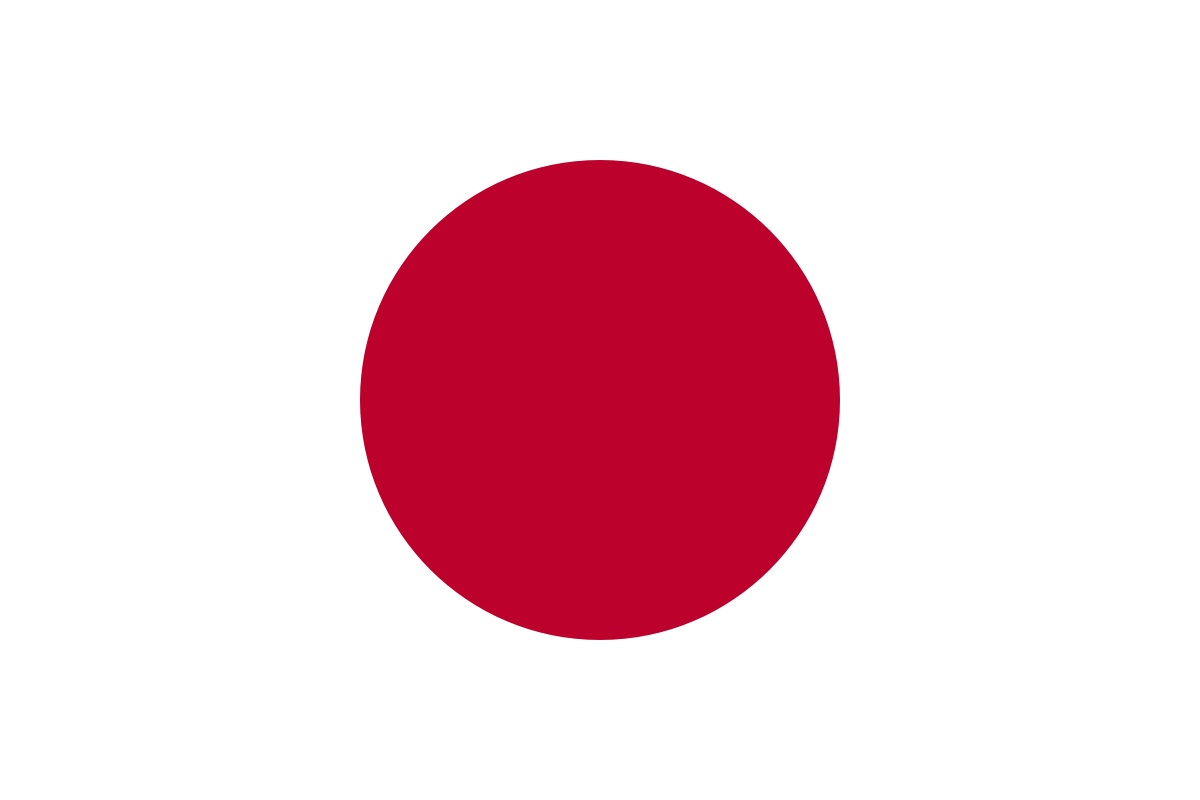History: Kinugasa (衣笠 重巡洋艦 Kinugasa jūjun'yōkan) was the second vessel in the two-vessel Aoba class of heavy cruisers in the Imperial Japanese Navy. The ship was named after Mount Kinugasa, located in Yokosuka, Kanagawa, Japan.
From 24–26 October and 1–5 November, Kinugasa and Chōkai provided cover for replacement convoys of troops and equipment to bolster Japanese defenses at Guadalcanal. On 14 November, during the Naval Battle of Guadalcanal, Kinugasa was attacked by Grumman TBF Avenger torpedo bombers and Douglas SBD Dauntlesses from USS Enterprise and USMC Avengers from Guadalcanal. At 09:36, a 500-pound bomb hit Kinugasa's 13.2 mm (0.5 in) machine gun mount in front of the bridge, starting a fire in the forward gasoline storage area. Captain Sawa and his executive officer were killed by the bomb, and Kinugasa gradually began to list to port. Near-misses caused additional fires and flooding and a second attack by 17 more Dauntlesses knocked out Kinugasa's engines and rudder and opened more compartments to the sea. At 11:22, she capsized and sank southwest of Rendova Island at 08°45′S 157°00′ECoordinates: 08°45′S 157°00′E, taking 511 crewmen with her.
From 24–26 October and 1–5 November, Kinugasa and Chōkai provided cover for replacement convoys of troops and equipment to bolster Japanese defenses at Guadalcanal. On 14 November, during the Naval Battle of Guadalcanal, Kinugasa was attacked by Grumman TBF Avenger torpedo bombers and Douglas SBD Dauntlesses from USS Enterprise and USMC Avengers from Guadalcanal. At 09:36, a 500-pound bomb hit Kinugasa's 13.2 mm (0.5 in) machine gun mount in front of the bridge, starting a fire in the forward gasoline storage area. Captain Sawa and his executive officer were killed by the bomb, and Kinugasa gradually began to list to port. Near-misses caused additional fires and flooding and a second attack by 17 more Dauntlesses knocked out Kinugasa's engines and rudder and opened more compartments to the sea. At 11:22, she capsized and sank southwest of Rendova Island at 08°45′S 157°00′ECoordinates: 08°45′S 157°00′E, taking 511 crewmen with her.
Class: The Aoba-class cruisers were a class of two heavy cruisers constructed for the Imperial Japanese Navy (IJN) which saw service during World War II.
In 1924 the IJN Naval General Staff pressured the acting head of the Basic Design Section, Fujimoto Kikuo, to use the newly designed twin 20 cm (8 in) gun turrets on the Furutaka-class ships. Fujimoto agreed to modify Aoba and Kinugasa, but it was already too late to retrofit Furutaka and Kako, which had been laid down in late 1922. The two ships were subsequently renamed as a separate class.
The modifications were significant. The six 12 cm (4.7 in) semi-turrets, 1 through 6, were replaced by three twin turrets, two fore and one aft. The main superstructure was also modified to accommodate the different fire control requirements of the twin turrets. Other design modifications included using 12 cm (4.7 in)/45-cal HA guns rather than the 7.62 cm (3 in) guns. The airplane takeoff platform, part of which mounted atop the number 4 semi-turret, was replaced with a catapult fitted just fore of the No.3 twin turret. The superstructure aft of the funnels was extensively modified due to the new catapult. The catapults weren't ready before the ships were commissioned. Kinugasa had an compressed-air unit mounted in March 1928, while Aoba had a gunpowder-propelled model mounted in March 1929.
Aoba and Kinugasa were otherwise built on the same hull as Furutaka and Kako, with identical machinery and armor. As built the Aoba was more than 900 tons heavier than its design weight, with negative effects on the performance of the ships similar to that of the Furutaka class overweight condition.
In 1924 the IJN Naval General Staff pressured the acting head of the Basic Design Section, Fujimoto Kikuo, to use the newly designed twin 20 cm (8 in) gun turrets on the Furutaka-class ships. Fujimoto agreed to modify Aoba and Kinugasa, but it was already too late to retrofit Furutaka and Kako, which had been laid down in late 1922. The two ships were subsequently renamed as a separate class.
The modifications were significant. The six 12 cm (4.7 in) semi-turrets, 1 through 6, were replaced by three twin turrets, two fore and one aft. The main superstructure was also modified to accommodate the different fire control requirements of the twin turrets. Other design modifications included using 12 cm (4.7 in)/45-cal HA guns rather than the 7.62 cm (3 in) guns. The airplane takeoff platform, part of which mounted atop the number 4 semi-turret, was replaced with a catapult fitted just fore of the No.3 twin turret. The superstructure aft of the funnels was extensively modified due to the new catapult. The catapults weren't ready before the ships were commissioned. Kinugasa had an compressed-air unit mounted in March 1928, while Aoba had a gunpowder-propelled model mounted in March 1929.
Aoba and Kinugasa were otherwise built on the same hull as Furutaka and Kako, with identical machinery and armor. As built the Aoba was more than 900 tons heavier than its design weight, with negative effects on the performance of the ships similar to that of the Furutaka class overweight condition.
Nationality: Japan is an island nation in the Pacific Ocean with dense cities, imperial palaces, mountainous national parks and thousands of shrines and temples. Shinkansen bullet trains connect the main islands of Kyushu (with Okinawa's subtropical beaches), Honshu (home to Tokyo and Hiroshima’s atomic-bomb memorial) and Hokkaido (famous for skiing). Tokyo, the capital, is known for skyscrapers, shopping and pop culture.
Although legend has it that Japan was founded in 660BC, archaeologists agree that settlement in the Japanese archpelago dates back as far as 100,000 years. The Jomon Period (8000-c.300BC) is the earliest that has been studied. It is named after the 'jomon' or cord-marked pattern style of pottery of the period.
Although legend has it that Japan was founded in 660BC, archaeologists agree that settlement in the Japanese archpelago dates back as far as 100,000 years. The Jomon Period (8000-c.300BC) is the earliest that has been studied. It is named after the 'jomon' or cord-marked pattern style of pottery of the period.
Item created by: Lethe on 2019-03-24 10:09:56. Last edited by gdm on 2019-12-19 08:24:37
If you see errors or missing data in this entry, please feel free to log in and edit it. Anyone with a Gmail account can log in instantly.
If you see errors or missing data in this entry, please feel free to log in and edit it. Anyone with a Gmail account can log in instantly.


